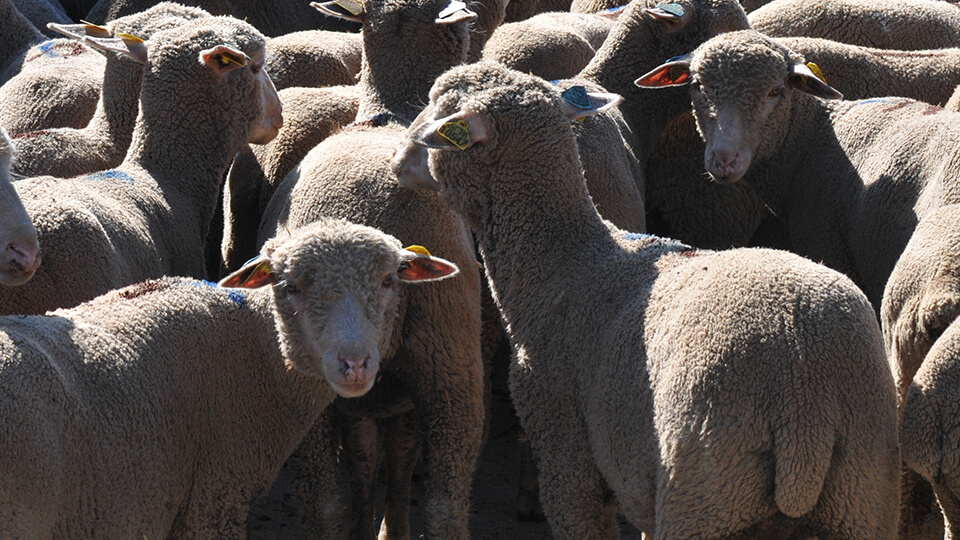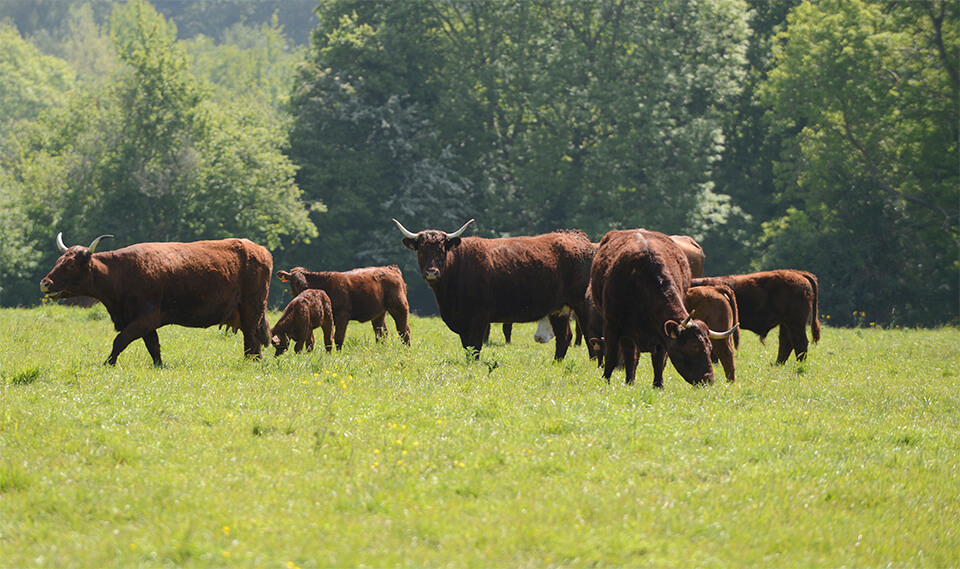Zoonoses à Yersinia enterocolitica

Auteurs
Résumé
L’entérobactérie Yersinia enterocolitica est responsable de gastro-entérites chez l’Homme dans les pays tempérés et froids. Les symptômes cliniques sont la diarrhée, la fi èvre et les douleurs abdominales. Des formes intestinales plus sévères imitant l’appendicite et des septicémies chez les patients fragiles sont observées. En 2009, pour la sixième année consécutive, les yersinioses ont été les troisièmes zoonoses rapportées en terme de fréquence chez l’Homme dans l’Union européenne, avec 7 595 cas confi rmés. Le porc est considéré comme le principal réservoir pour les biotypes pathogènes pour l’Homme. Mais les bovins, la volaille, les moutons, les petits rongeurs, les chats et les chiens peuvent aussi porter des biotypes pathogènes. Les humains peuvent se contaminer par contact avec des animaux infectés, par l’ingestion d’eau contaminée par des matières fécales, ou de légumes arrosés par des eaux contaminées. Les porcs ne développent pas de signes cliniques, mais ils portent Yersinia enterocolitica dans leur cavité orale, sur la langue, les amygdales et dans les noeuds lymphatiques, et ils excrètent ce germe dans les fèces. Les Yersinia enterocolitica pathogènes peuvent survivre dans la viande de porc pendant cinq semaines à 2 °C, que la viande soit ou non conservée sous vide.
Abstract
The enterobacterium Yersinia enterocolitica is responsible for gastro-enteritis in man in temperate and cold countries. The clinical symptoms are diarrhoea, fever and abdominal pain. More severe intestinal forms of the disease mimicking appendicitis and septicaemia have been observed in weak patients. In 2009, for the sixth year running, yersiniosis is the third most reported zoonosis in the man in the European Union, with 7 595 cases. The pig is the considered to be the principal reservoir for the pathogenic biotypes for man. However, cattle, poultry, sheep, rodents, dogs and cats can be carriers of the pathogenic biotypes. Man can become contaminated by coming into contact with infected animals, by drinking water contaminated by faeces or by consuming vegetables which have been watered using contaminated water. Pigs do not develop clinical signs, but carry Yersinia enterocolitica in the mouth, on the tongue, the tonsils and in lymphatic nodules and excrete the bacterium in their faeces. Pathogenic Yersinia enterocolitica can survive in pork for fi ve weeks at 2 °C, irrespectively of whether it is vacuum-packed or not.
D'autres articles
N°43 Mars 2008 Page 25
Bovins · Aucun thème
Les endotoxines (LPS) des bactéries Gram négatif : rôle physiopathologique dans les mammites à coliformes
Découvrez aussi nos formations
12 janvier 2026
09h00 → 17h00
Abeille · Abeilles


